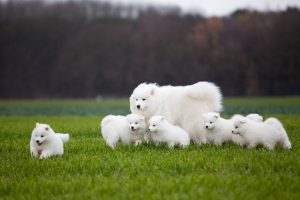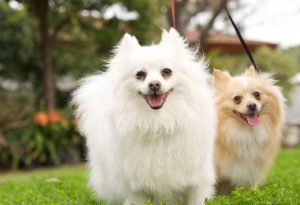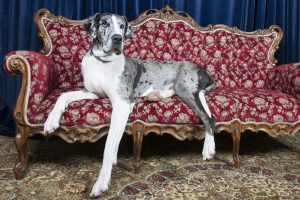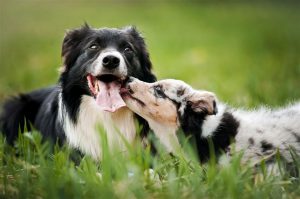The 7 Different Types Of Dogs
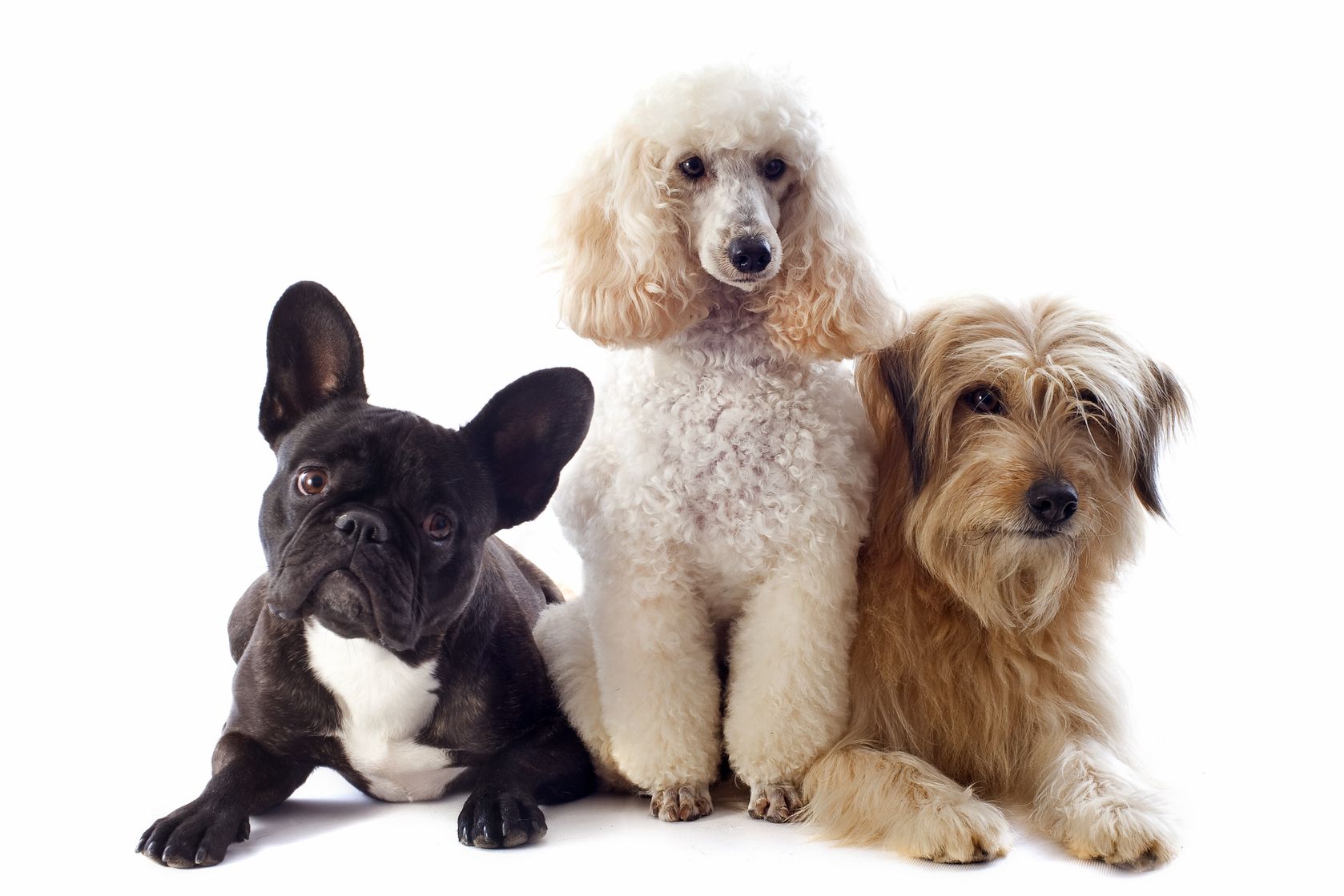 May 10, 2023
May 10, 2023
Are you thinking about getting a dog? It’s important to know about the different dog breed groups and what they mean for a pet in your home.
Dogs were bred for specific jobs, like hunting rats or helping shepherds. While many of these breeds now make great house pets and family friends, their past still shapes how they behave and relate to people. So, when picking a breed, keep in mind their history to find the right match for your home and way of life.
The most important aspect of pet ownership is understanding your dog’s breed. Some unsuspecting owners are caught off guard by their extra exuberant Border Collie when they start herding up the washing on the line, or the Jack Russel who just loves to chase the fluffy white cat.
Get To Know The Different Dog Breeds
Knowing what your dog was originally bred for helps you pick a breed that fits your lifestyle and energy. This insight lets you understand and expect certain behaviors. Like, a dog that doesn’t like fetch or a hound that’s all about scents is just acting like its breed.
This knowledge really brings you closer to your dog. By seeing and supporting their natural skills, you fully appreciate their uniqueness. This leads to a happier dog and a deeper, more understanding relationship with your pet.
In Australia, there are seven dog breed groups identified;
Group 1: Toy
Toy breeds, true to their name, are both toy-like in nature and small in stature. Traditionally bred for companionship, these breeds exemplify the quintessential lapdog. However, the toy group can sometimes be confusing because it includes smaller versions of traditional herding or working breeds. These breeds have been miniaturized specifically for companionship, blending their original traits with the characteristics of typical toy breeds. So, if you are considering a toy breed, it’s a good idea to research the actual breed and ensure you understand 100% what is required. It’s also good to remember, regardless of size, all dogs need training, and many toy breeds thrive in dog sports and obedience training.
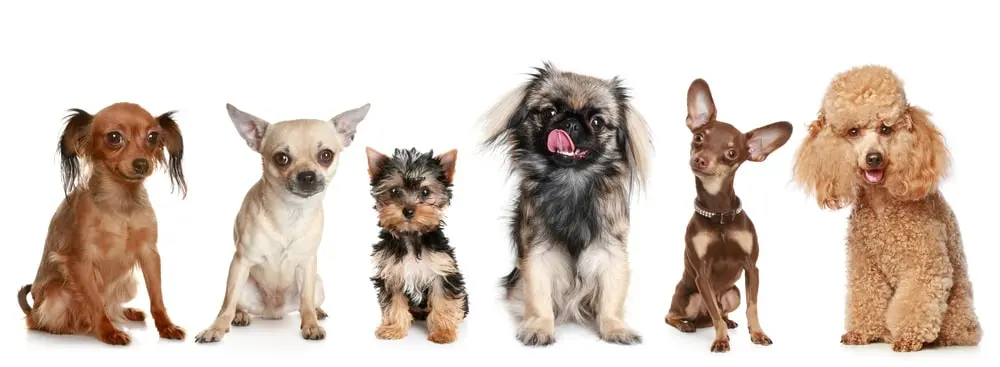
Group 2: Terriers
The term “Terrier” originates from the Latin word for ‘Earth,’ aptly describing the primary function of these remarkable breeds. Terriers were bred to burrow into the earth to flush out vermin and small animals. Known for their exceptional sense of smell and boundless energy, they are perfectly adapted to this task. They are feisty dogs that do require exercise and breed specific training. They make very loyal loveable companions who, in the right home, can be calm and wonderful dogs. Good breeding is paramount to ensure your pup has the right temperament.
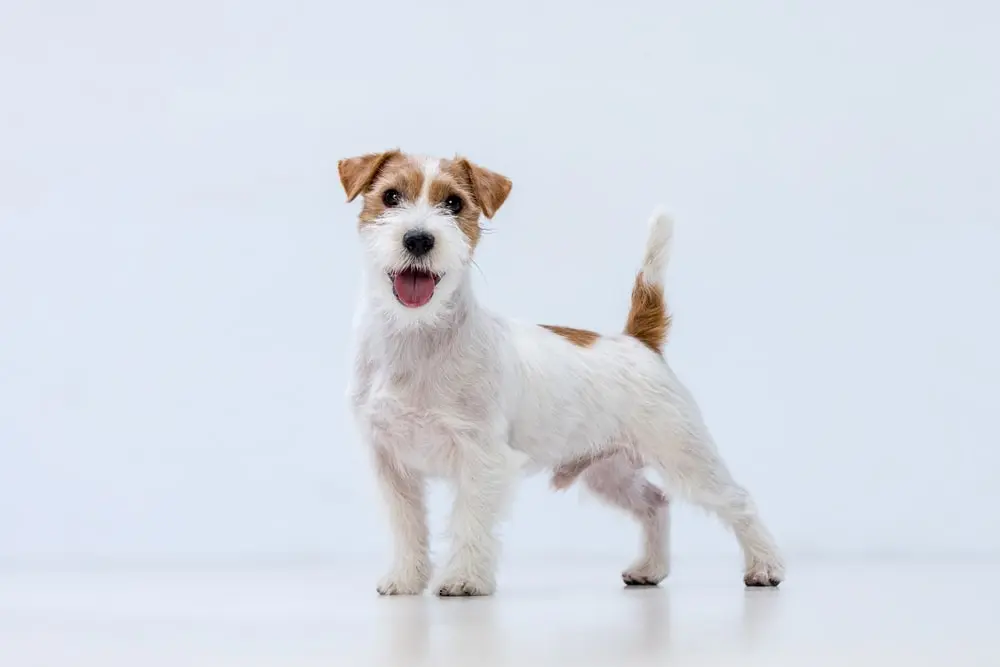
Group 3: Gun Dogs
Gun Dogs as their name suggests, are a group of dogs that are experts at hunting. They are normally utilised by small game hunters (think ducks) using shotguns. Here you will find your Flushing Spaniels, Setters, Pointing Breeds and Retrievers. So it comes as no surprise that these dogs simply LOVE a good game of fetch and excel at dog sports. Easily trained canines who love the great outdoors and having a good run. Many also thoroughly enjoy a good swim and are masters at it! Great for active families or those who love to get out for a daily run.
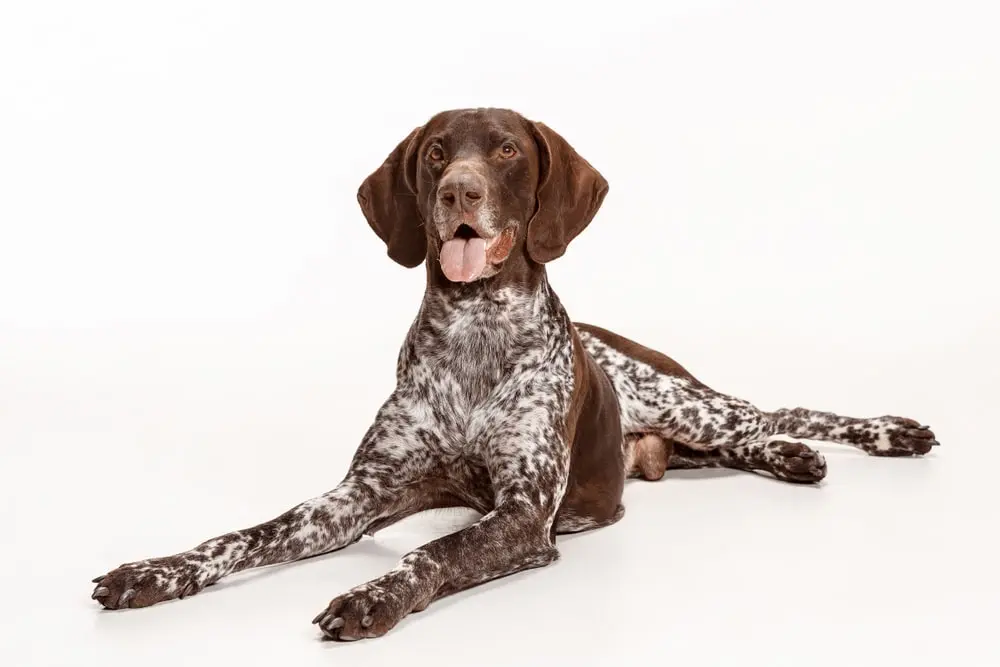
Group 4: Hounds
It’s all about the nose when it comes to Hounds. Again, most in this group share the ancestry trait of hunting and with such an amazing scent detector it’s no surprise why. Some are still utilised today in Police work for their outstanding ability to pick up a scent. However, in saying this, over the years this group has become quite diverse, so like your Toy Breeds, it’s important to research each breed and what is required regarding exercise and care. Some are more sociable than others, most Hounds are scent crazed, so, on lead obedience is a must.
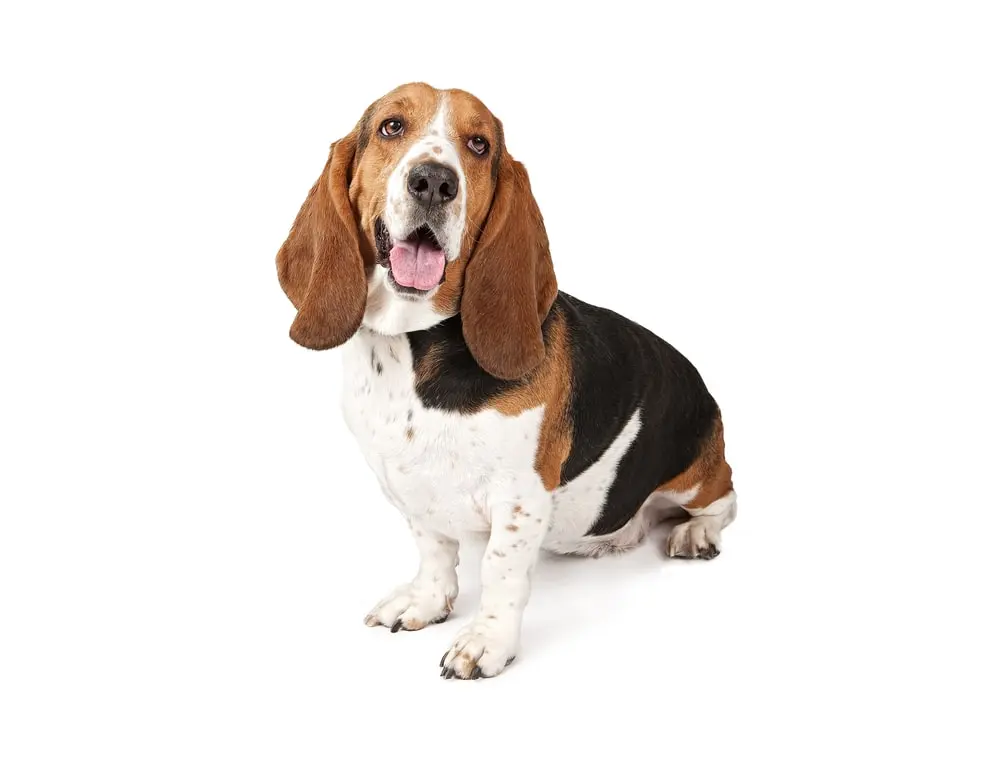
Group 5: Working Dogs
Working dogs have been bred to perform certain tasks. This can include pulling sleds and guarding. They are very intelligent dogs and thrive on all training. Because of their big nature, thorough obedience training is crucial. Dogs in this group include the German Shepherd and Husky. They are strong, loyal and loving breeds but do require understanding and strong leadership.
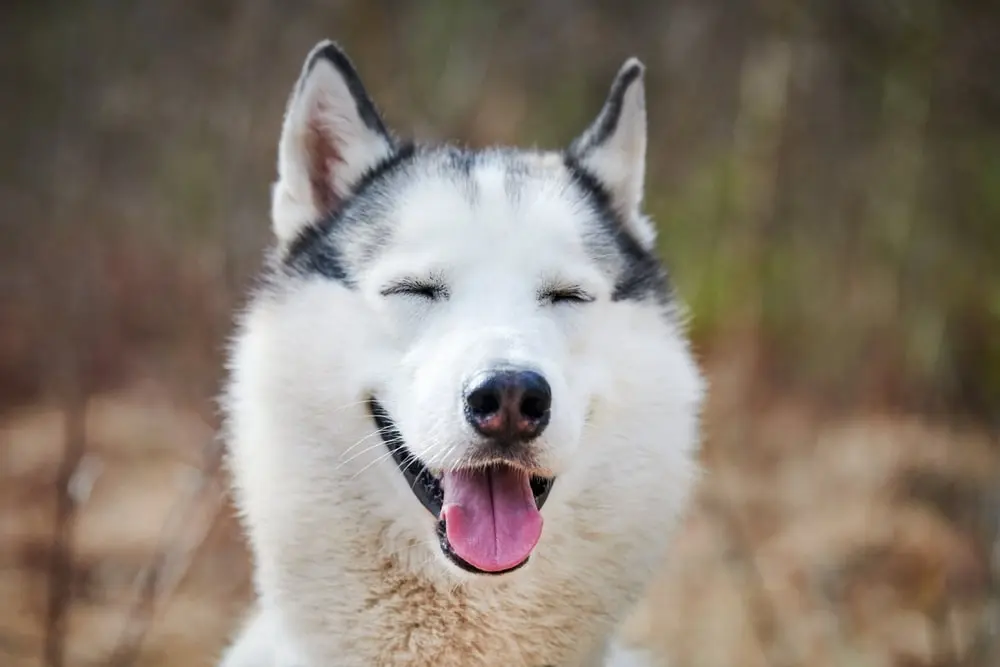
Group 6: Utility
The breed group is made up of mainly miscellaneous dog breeds and the name ‘utility’ means fitness. As this group is very mixed it is important to research each individual breed to ensure they meet your requirement, be it fitness crazy pooch, to a lazy beach-stroll dog. The group contains some wonderful and very popular breeds including the Boxer and Dobermann. However, most of these dogs are large and will require adequate training and understanding.
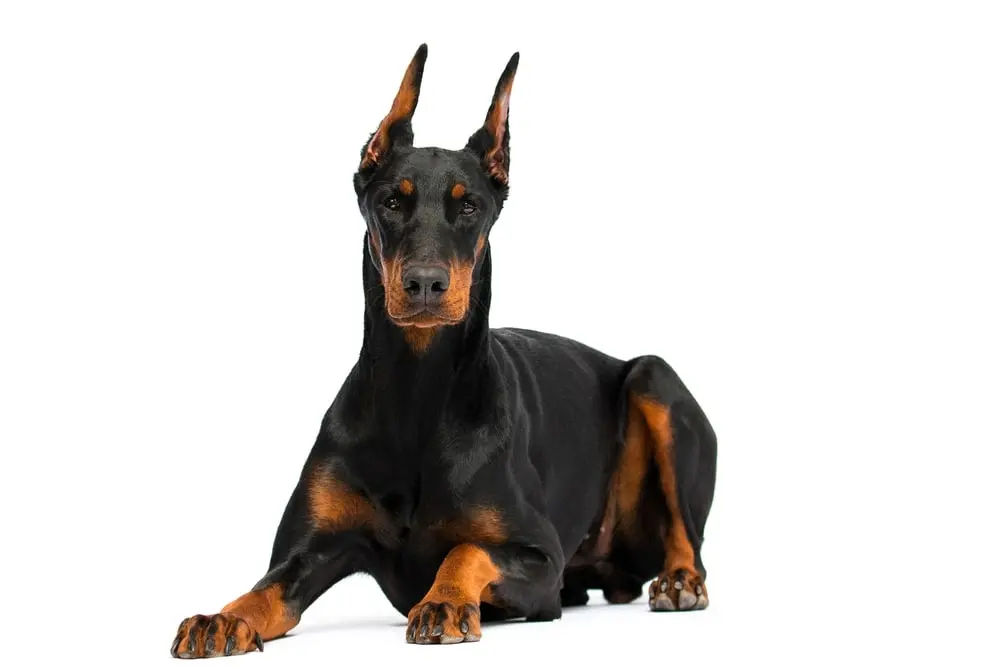
Group 7: Non-Sporting
Again, this group is incredibly diverse, so it is advisable to research each breed for information. Breeds in this group include Boston Terrier and the Great Dane. They are companion animals and don’t be fooled by the non-sporting title. Many of these breeds can do very well at dog sports.
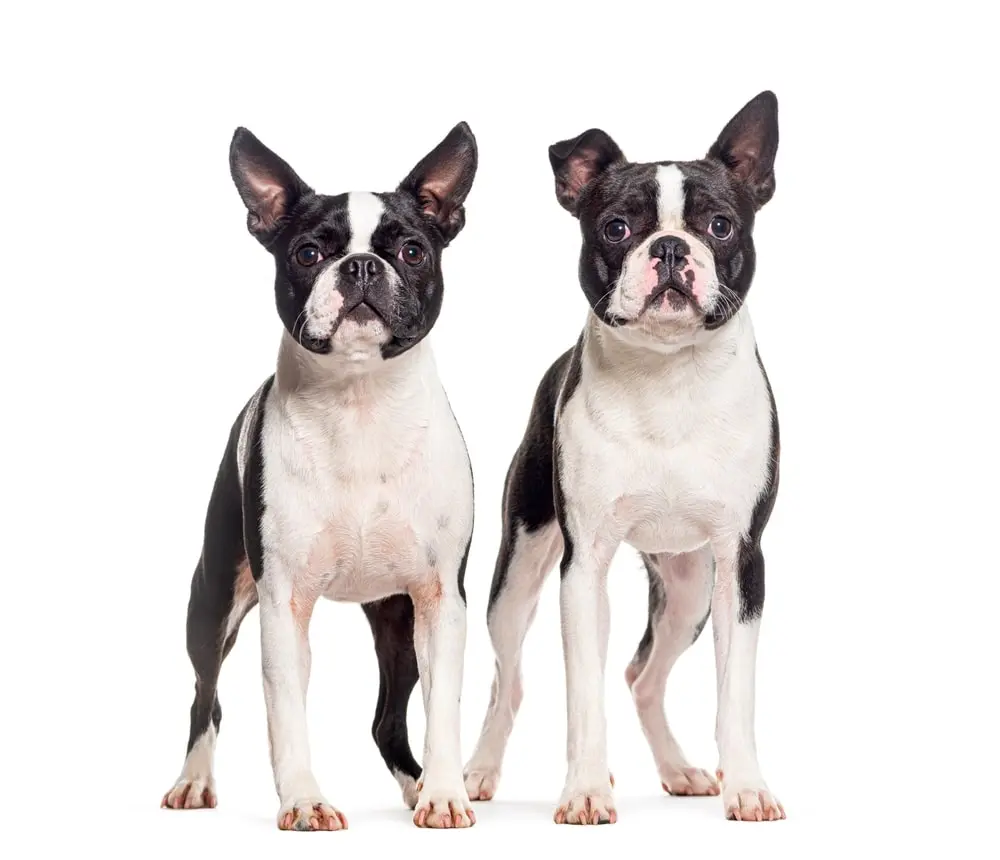
This article was brought to you by Pets Training & Boarding. View our site for:
Dog Boarding in Sydney
Dog Training in Sydney

